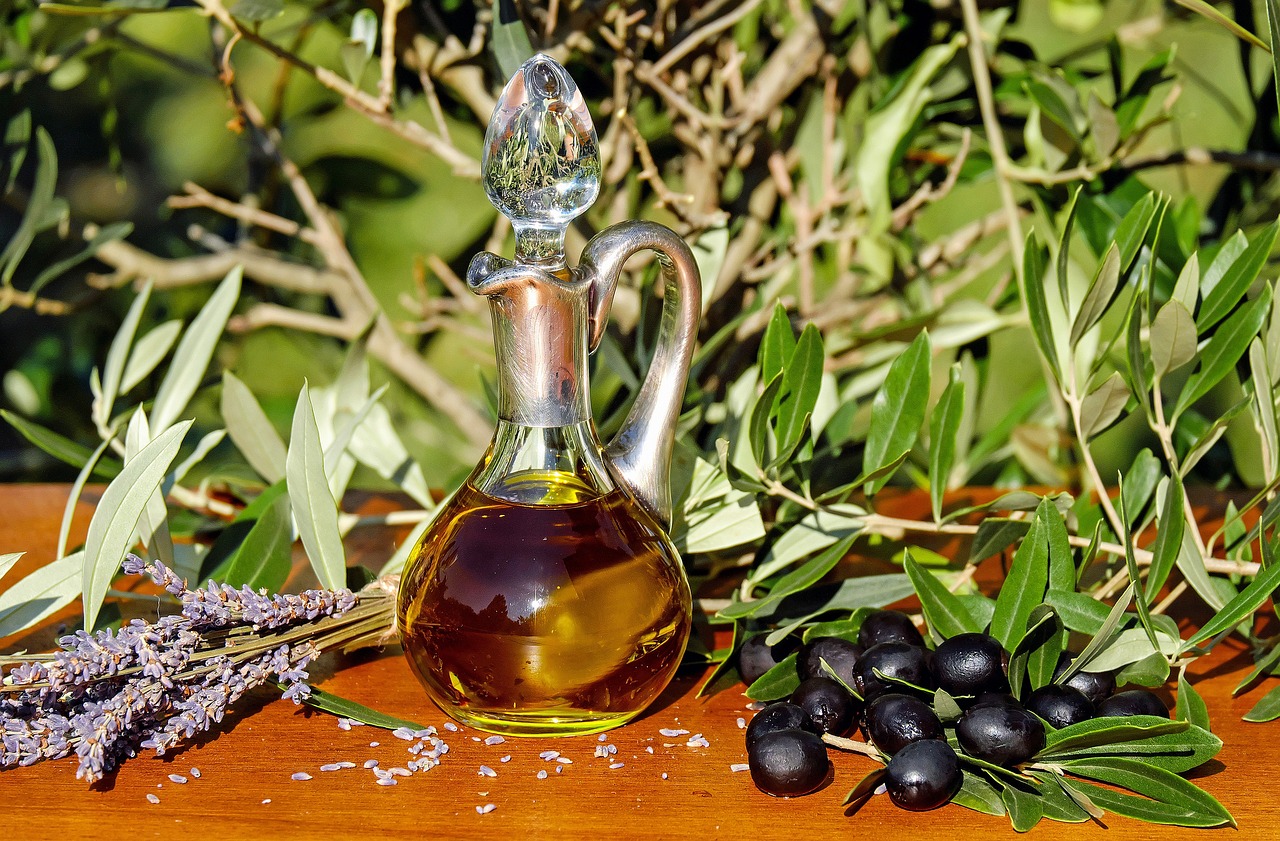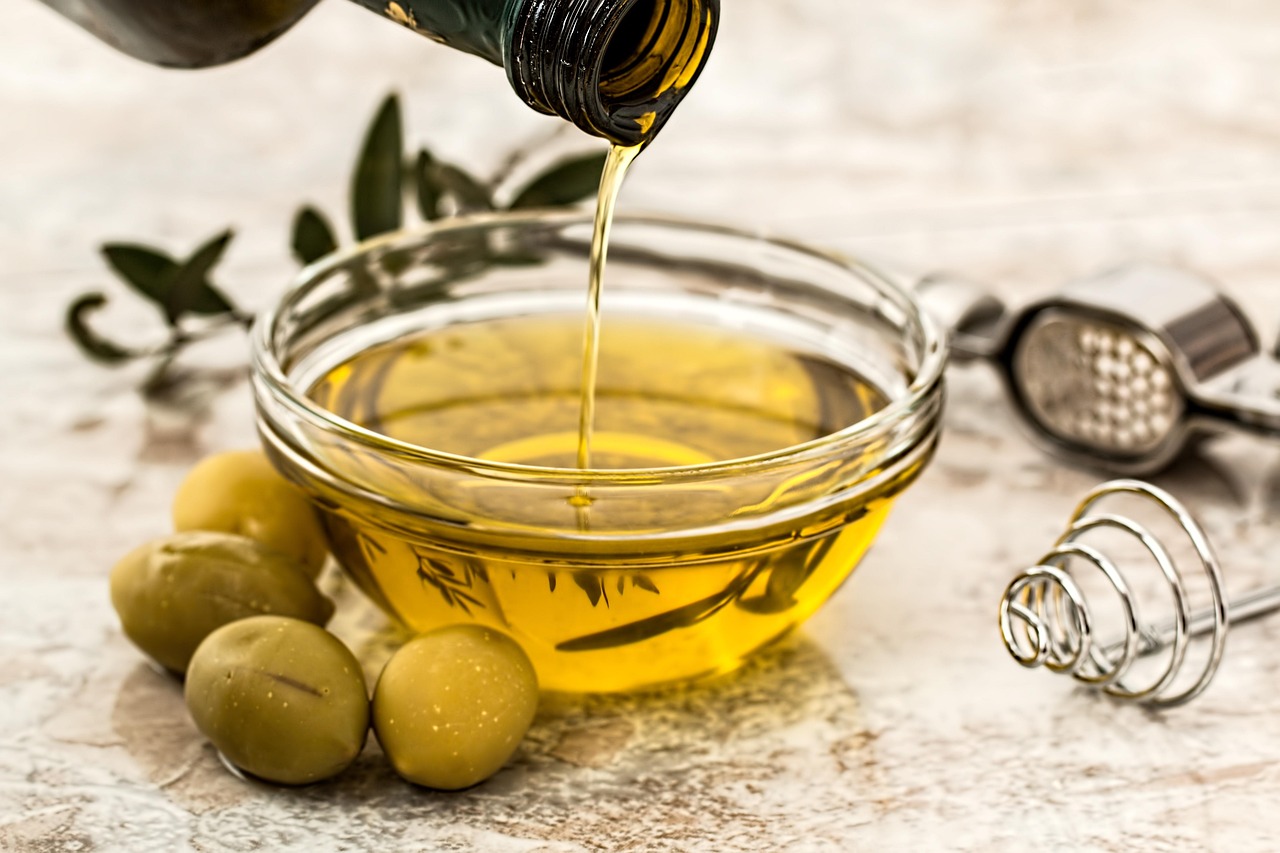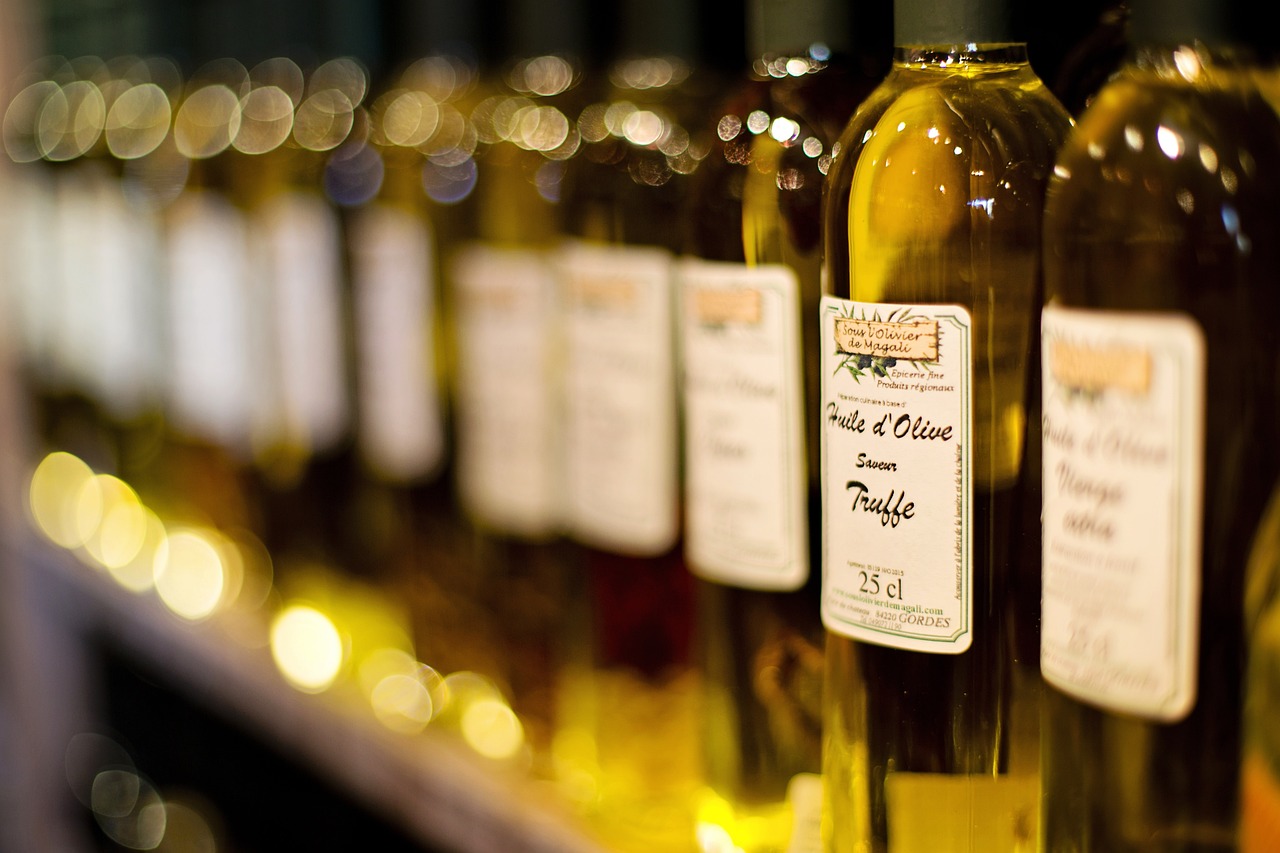What Is Dormant Oil and How Can It Save Your Fruit Trees
Dormant oil is a horticultural oil applied to trees and shrubs during their dormant phase. It effectively suffocates pests and prevents diseases without harming the plants. By using dormant oil, you can protect fruit trees from various harmful insects and pathogens, ensuring healthier growth and better yields.
Dormant oil, also known as horticultural oil, is a refined petroleum product or a plant-based oil used primarily in gardening and agriculture. It is most effective when applied in late winter or early spring when trees are still dormant, but before the buds begin to swell. This application period is critical because it targets overwintering pests and diseases that might threaten the health of fruit trees.

The primary function of dormant oil is to coat the surface of the plant, creating a barrier that suffocates pests such as aphids, spider mites, and scale insects. Additionally, it can help control fungal diseases like powdery mildew. Because dormant oil is applied during the dormant season, it minimizes the risk of harming beneficial insects and pollinators.
Understanding the Benefits of Dormant Oil
Using dormant oil provides several advantages for fruit tree cultivation. The benefits include:
- Pest Control: It effectively kills overwintering pests that can harm trees in the spring.
- Disease Prevention: Dormant oil can reduce the risk of certain fungal diseases.
- Minimal Environmental Impact: When used correctly, it poses less risk to beneficial insects and the surrounding ecosystem.
- Improved Tree Health: Regular application can lead to stronger, healthier trees.
How Does Dormant Oil Work?

Dormant oil works by physically blocking the breathing pores of insects. It suffocates them without relying on toxic chemicals. The oil must cover all surfaces of the tree, including branches, trunks, and sometimes even the soil around the base, to be most effective.
It is important to note that not all oils are suitable for this purpose. The oil must be specifically formulated for horticultural use to ensure safety for plants and effectiveness against pests. Timing is also crucial; applying it too late can result in damage to new growth or beneficial insects.
When to Apply Dormant Oil

The best time to apply dormant oil is during late winter or early spring when temperatures are above freezing but before buds start to open. This timing ensures that the oil can reach pests hiding in the bark or under leaves. In general, the best conditions for application include:
- Temperatures between 40°F and 70°F (4°C to 21°C).
- Dry weather conditions to ensure proper adhesion.
- No rain forecasted for at least 24 hours after application.
Applying dormant oil during these optimal conditions maximizes its effectiveness and minimizes potential damage to your fruit trees.
Key Considerations for Using Dormant Oil
While dormant oil can be an excellent tool for protecting fruit trees, there are a few considerations to keep in mind:
- Tree Species Sensitivity: Some tree species may be sensitive to oils. Always check compatibility before application.
- Concentration: Follow the manufacturer’s instructions regarding dilution rates to avoid harming your trees.
- Weather Conditions: Avoid applying during windy conditions to prevent drift to non-target plants.
| Aspect | Consideration |
|---|---|
| Timing | Apply late winter to early spring |
| Application Method | Thoroughly coat all surfaces |
| Environmental Impact | Use responsibly to protect beneficial insects |
By understanding these key factors, gardeners can effectively use dormant oil as part of their pest management strategy. This proactive approach ensures that fruit trees remain healthy and productive throughout their growing season.
Types of Dormant Oils
Dormant oils come in various formulations, each designed for specific applications and tree species. Understanding the different types can help gardeners choose the most effective product for their needs. Here are the primary types of dormant oils:
- Petroleum-based Dormant Oils: These oils are derived from refined petroleum and are commonly used in commercial horticulture. They are effective against a wide range of pests.
- Vegetable-based Dormant Oils: Made from natural plant oils, these options are often preferred by organic gardeners. They work similarly to petroleum-based oils but may require more frequent applications.
- Emulsifiable Concentrates: These oils mix with water, making them easier to apply. They are often used in larger applications or by those who prefer spray methods.
- Ready-to-Use Sprays: These products come pre-diluted and are convenient for home gardeners who need a simple solution without mixing.
How to Apply Dormant Oil
Applying dormant oil correctly is crucial for maximizing its benefits. Here is a step-by-step guide for effective application:
- Choose the Right Time: Ensure that the trees are dormant and temperatures are above freezing.
- Select the Appropriate Product: Choose a dormant oil suitable for your tree species and specific pest issues.
- Dilute the Oil (if necessary): Follow the manufacturer’s instructions for mixing the right concentration of dormant oil with water.
- Prepare Your Equipment: Use a pump sprayer or garden sprayer to apply the oil evenly. Ensure the equipment is clean to avoid contamination.
- Apply Evenly: Spray the dormant oil on all surfaces of the tree, including branches, trunks, and any visible pests. Make sure to cover both sides of leaves if applicable.
- Avoid Overapplication: Do not saturate the tree to the point of runoff. A light, even coating is sufficient.
Potential Risks and Precautions
While dormant oil is generally safe when used correctly, there are some risks and precautions that gardeners should consider:
- Phytotoxicity: Some trees may be sensitive to oils, leading to leaf burn or damage. Always test a small area first if unsure.
- Weather Conditions: Avoid applying during extremely hot or cold temperatures, as this can lead to adverse effects on both the trees and the oil’s efficacy.
- Reapplication Timing: Monitor the trees for new pest activity. If pests return, follow the recommended reapplication schedule on the product label.
The Role of Dormant Oil in Integrated Pest Management (IPM)
Dormant oil plays a significant role in Integrated Pest Management (IPM) strategies. IPM is a sustainable approach that combines various methods to manage pests while minimizing environmental impact. Here’s how dormant oil fits into this system:
- Preventive Measure: Applying dormant oil can prevent pest infestations before they occur, reducing the need for more aggressive treatments later.
- Reduced Chemical Use: By targeting pests when they are most vulnerable, dormant oil helps limit reliance on synthetic pesticides.
- Compatibility with Other Methods: Dormant oil can be used in conjunction with other pest management techniques, such as introducing beneficial insects or using traps.
Effectiveness of Dormant Oil Against Common Pests
Dormant oil is particularly effective against several common pests that affect fruit trees. Understanding these pests can help gardeners recognize when to apply dormant oil. Here are some pests commonly targeted:

| Pest | Description |
|---|---|
| Aphids | Small, soft-bodied insects that suck sap from trees. |
| Scale Insects | Pests that attach themselves to branches and leaves, feeding on tree sap. |
| Spider Mites | Tiny arachnids that cause stippling on leaves by feeding on plant juices. |
By recognizing these pests and their threats, gardeners can effectively plan their dormant oil applications to ensure optimal protection for their fruit trees.
Using Dormant Oil in Organic Gardening
Dormant oil can be a valuable tool for organic gardeners looking to manage pests and diseases without synthetic chemicals. Its natural formulations, particularly vegetable-based oils, align well with organic gardening principles. Here’s how to effectively incorporate dormant oil into an organic gardening strategy:
Choosing Organic Dormant Oils
When selecting dormant oil for organic gardening, look for products that are certified organic. These oils are typically derived from plant sources and processed without harmful chemicals. Common organic dormant oils include:
- Sunflower Oil: A common choice that is effective against pests and safe for plants.
- Canola Oil: Another effective vegetable oil that can deter pests while being environmentally friendly.
- Coconut Oil: While less common, it can provide pest control benefits and is biodegradable.
Application Techniques for Organic Gardening
Applying dormant oil in an organic garden requires attention to detail to ensure effectiveness and safety. Here are some recommended techniques:
- Timing: Follow the same timing guidelines as conventional dormant oils, applying during the dormant season.
- Proper Dilution: Ensure that the oil is diluted according to the manufacturer’s instructions to prevent phytotoxicity.
- Thorough Coverage: Use a sprayer that provides even coverage without excessive runoff. Consider using a handheld or backpack sprayer for better control.
- Regular Monitoring: After application, monitor your trees for pest activity and reapply as necessary, especially if new infestations occur.
The Environmental Impact of Dormant Oil
Dormant oil is often praised for its relatively low environmental impact compared to chemical pesticides. Here are some key points regarding its ecological benefits:
- Biodiversity Protection: By targeting specific pests during their vulnerable stages, dormant oil minimizes harm to beneficial insects such as bees and ladybugs.
- Soil Health: Unlike many chemical pesticides, dormant oil does not persist in the soil, contributing to healthier soil ecosystems.
- Reduced Chemical Runoff: With proper application techniques, dormant oil reduces the risk of chemical runoff into waterways, protecting aquatic ecosystems.
Common Questions About Dormant Oil
Gardeners often have questions about using dormant oil. Here are some frequently asked questions and their answers:
Can I use dormant oil on all types of fruit trees?
Most fruit trees can safely tolerate dormant oil applications, but it is essential to check compatibility with specific species. Some trees, like certain varieties of pears or cherries, may be more sensitive to oils.
How often should I apply dormant oil?
The frequency of application depends on pest pressure and tree health. Generally, one application during the dormant season is sufficient. However, if pests return, a follow-up application may be necessary.
Is dormant oil safe for my pets and children?
When used as directed, dormant oil poses minimal risk to pets and children. However, it is advisable to keep them away from treated areas until the spray has dried completely.
Other Pest Management Strategies
Dormant oil is just one component of a comprehensive pest management strategy. Here are additional methods to enhance your fruit tree care:
- Cultural Controls: These include practices such as crop rotation, maintaining good sanitation, and selecting disease-resistant varieties.
- Biological Controls: Introducing beneficial insects like ladybugs or lacewings can help keep pest populations in check.
- Physical Barriers: Using row covers or netting can physically block pests from accessing fruit trees.
Incorporating a variety of strategies will bolster the effectiveness of dormant oil and contribute to a healthier garden overall.
Monitoring Your Trees Post-Application
After applying dormant oil, ongoing monitoring of your trees is crucial. Inspect your fruit trees regularly for signs of pest activity or disease symptoms. Look for:
- Pest Presence: Check for any resurgence of pests that may not have been eliminated during the dormant season.
- Disease Symptoms: Watch for wilting leaves, unusual spots, or discoloration that may indicate a disease problem.
- New Growth: Monitor how well the trees respond after treatment. Healthy new growth indicates successful pest management.
This proactive approach helps ensure that your fruit trees thrive throughout the growing season, ultimately leading to better yields and healthier plants.
The Importance of Seasonal Care for Fruit Trees
In addition to applying dormant oil, seasonal care is essential for maintaining the health and productivity of fruit trees. Each season presents unique challenges and opportunities for tree care. Here are key practices to consider throughout the year:
Spring Care
As trees wake from dormancy, it is crucial to provide adequate nutrition and care:
- Fertilization: Apply a balanced fertilizer to support new growth. This helps trees recover from winter and prepares them for flowering and fruiting.
- Watering: Ensure consistent moisture levels, especially as buds begin to swell. Deep watering promotes strong root development.
- Pest Monitoring: Continue to monitor for pests that may emerge as temperatures rise. Early detection is key to effective management.
Summer Care
During the summer months, focus on maintaining health and managing fruit production:
- Pruning: Prune any dead or diseased branches to promote airflow and reduce disease risk.
- Irrigation: Maintain adequate water levels, particularly during dry spells. Mulching can help retain moisture in the soil.
- Pest Control: Utilize integrated pest management strategies, including beneficial insects and organic treatments.
Autumn Care
As the growing season comes to an end, preparation for winter is vital:
- Harvesting: Gather fruit at the right time to ensure quality and flavor. Proper harvesting techniques also prevent damage to trees.
- Preparation for Dormancy: Clean up fallen leaves and debris around the base of trees to reduce the likelihood of overwintering pests and diseases.
- Final Watering: Water trees thoroughly before the ground freezes to ensure they have sufficient moisture during winter.
Final Thoughts
Dormant oil is a powerful ally in the fight against pests and diseases that threaten fruit trees. By using it strategically during the dormant season, gardeners can effectively protect their trees while minimizing environmental impact. Understanding how to apply dormant oil correctly, alongside other integrated pest management strategies, can lead to a healthier and more productive garden.
Regular monitoring and seasonal care are equally essential in ensuring the longevity and vitality of fruit trees. By staying proactive throughout the year, gardeners can enhance fruit quality, improve yields, and ultimately enjoy the fruits of their labor. Embracing a holistic approach that combines dormant oil use with year-round maintenance will pave the way for flourishing fruit trees.
Whether you are a seasoned gardener or just starting, incorporating dormant oil into your pest management plan can be a game-changer. As you continue to learn and adapt your practices, your fruit trees will not only survive but thrive in their environment.
